FHA vs Conventional Loan: Pros and Cons
What Is a Conventional Loan?
As opposed to a conventional loan, an FHA home loan is backed by the federal government and insured by the Federal Housing Administration. If you’re a first time buyer or just beginning your financial journey, an FHA loan can be a good option because the requirements are less stringent.
For an FHA loan, you only need a credit score of 500 if you have enough savings to put 10% down on your home. Otherwise, you need a credit score of 580. If you have a 580 credit score or higher, the minimum down payment is 3.5%. This can be huge if you don’t have a lot of savings!
However, if you go for an FHA loan, you will have to pay what is known as a mortgage insurance premium, or an MIP. If you put down less than 10%, you pay this for your entire loan. If you put down 10% on your home, you still pay this 1.75% fee for 11 years.
What Is the Difference Between a Conventional Loan and an FHA Loan? Exploring the Pros and Cons
Both traditional and FHA mortgages have their pros and cons. The main drawback of an FHA home loan is that you have to pay MIP no matter what. With a conventional loan, if you put enough money down, you don’t have to worry about mortgage insurance of any kind. Additionally, you can only use an FHA loan to purchase a primary residence, not for rental or investment properties. Conventional loans don’t have this same kind of requirement. However, their upfront financial requirements are stricter.
Weigh the pros and cons of both traditional and FHA loans when you’re considering purchasing a home!

Free Home Value





